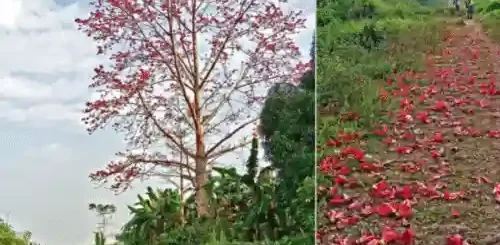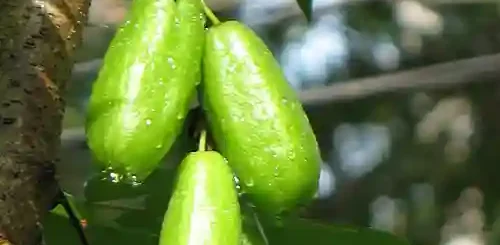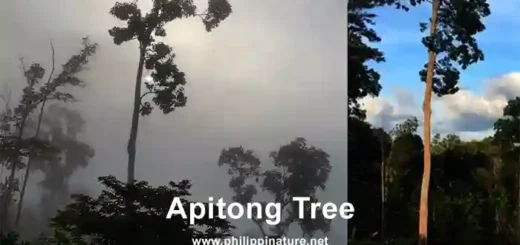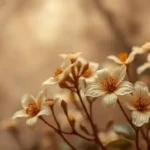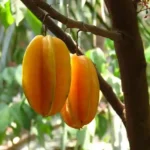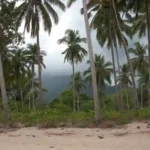Bani Tree – Nature’s Gift of Harmony
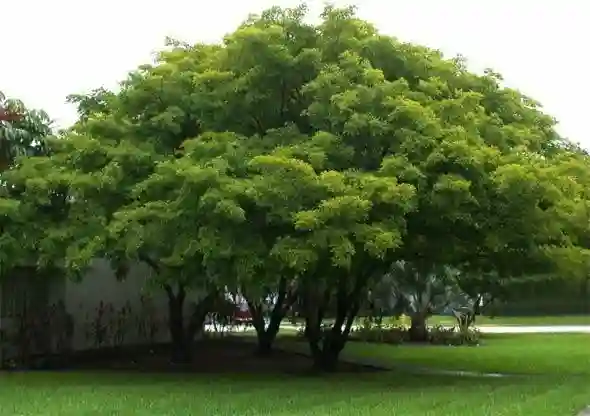
In the quiet corners of tropical landscapes, where ancient traditions meet the rhythms of nature, stands a humble yet profoundly revered tree—the Bani Tree (Pongamia pinnata). Known by different names across South and Southeast Asia, this tree is more than just a part of the scenery; it’s a pillar of sustainability, a reservoir of healing, and a symbol of resilience.
A Tree with Many Names and Stories
The Bani Tree is native to the Indian subcontinent and widely found in countries like India, Sri Lanka, Indonesia, and the Philippines. In India, it’s celebrated in cultural rituals, often associated with wisdom and longevity. Its other common names include Karanja, Pongam, or Indian Beech Tree.
During the South Indian festival of Ugadi, the new year celebration, Bani leaves are exchanged as symbols of prosperity and good health. Legend has it that warriors would seek the blessings of the Bani Tree before battle, believing it granted strength and protection.
A Beacon of Sustainability
What makes the Bani Tree even more relevant in today’s world is its potential as a sustainable biofuel source. The seeds produce a thick, non-edible oil rich in compounds suitable for biodiesel production. Unlike some oil crops, Bani grows well in poor soils, even salty or dry regions, making it an eco-friendly choice for reforestation and land rehabilitation.
Its fast growth, nitrogen-fixing roots, and resistance to drought make it a perfect choice for ecological restoration projects. It enriches the soil, supports pollinators, and provides shade and shelter to animals and humans alike.
The Bani Tree in a Changing World
As the world faces environmental degradation, health crises, and a yearning for reconnection with nature, the Bani Tree quietly offers solutions. It asks for little but gives abundantly—fuel without depleting food crops, medicine without synthetic side effects, and a link to cultural roots that modern life often erodes.
In every leaf, branch, and seed, the Bani Tree reminds us that sustainability don’t always require reinvention. Sometimes, they lie in remembering and respecting the quiet strength of nature’s gifts.
Learn more about trees in The Philippines.
References:
https://en.wikipedia.org/wiki/Pongamia
https://onetotree.org/philippine-native-trees-101-eight-examples-of-native-trees-and-the-importance-of-preserving-them/
https://www.facebook.com/lunti.ph/posts/bani-treemagandang-shade-tree/1359594311114947/?locale=tl_PH

